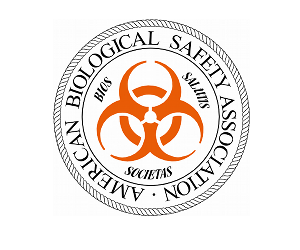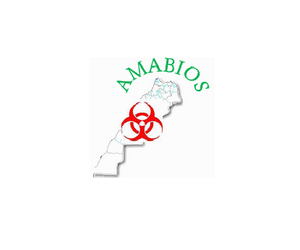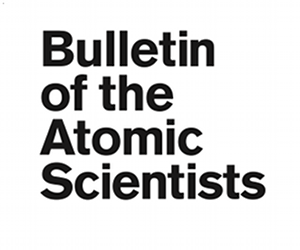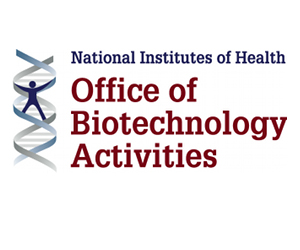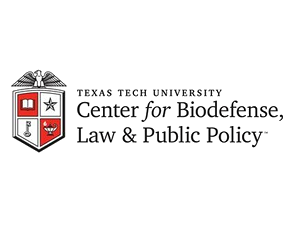Browse By Region

Browse By Category
Recent News
By Category: Agents & Toxins
Wide discrepancy in surveillance and control of infections in ICUs
(EurekAlert) Screening practices for multidrug-resistant organisms (MDROs) in intensive care units (ICUs) vary widely from hospital to hospital, according to a new study by researchers at Columbia University School of Nursing and published in the October 2012 issue of the American Journal of Infection Control. Researchers found that of the hospitals surveyed, a little more Read More »
- October 17, 2012
- | Filed under North America, Agents & Toxins, Public Health, and Research
The Armageddon virus: Why experts fear a disease that leaps from animals to humans could devastate mankind in the next five years
(Mail Online) The symptoms appear suddenly with a headache, high fever, joint pain, stomach pain and vomiting. As the illness progresses, patients can develop large areas of bruising and uncontrolled bleeding. In at least 30 per cent of cases, Crimean-Congo Viral Hemorrhagic Fever is fatal. And so it proved this month when a 38-year-old garage owner Read More »
- October 16, 2012
- | Filed under Europe, North America, Agents & Toxins, International, Public Health, and Research
U.S. Security Mandates Seen as Burden to Lab Preparedness
(Global Security Newswire) U.S. medical laboratories might opt out of the nation’s select agents program to avoid the burden of new security mandates, a possibility that could result in a loss of key capacities for handling a deliberate or natural pathogen outbreaks, an organization representing such sites indicated in a report last Wednesday by the Read More »
- October 16, 2012
- | Filed under North America, Agents & Toxins, Policy & Initiatives, and Research
The Man Who Tracks Viruses Before They Spread
(WFSU) The New Yorker once called virologist Nathan Wolfe “the world’s most prominent virus hunter.” Wolfe, the director of the Global Viral Forecasting Initiative, spends his days tracking emerging infectious diseases before they turn into deadly pandemics. In The Viral Storm, Wolfe describes how most of those emerging infectious diseases originally start out in animals Read More »
- October 15, 2012
- | Filed under North America, Agents & Toxins, Public Health, and Research
Dr. Ian Lipkin Addresses Concerns over Potentially Hazardous H5N1 Influenza Research
(Health Canal) Last year, two independent research groups bred new strains of H5N1 influenza with enhanced transmissibility in mammals. In nature, the global lethality of H5N1—kills nearly 60% of cases—is curbed only by its inability to easily spread from person-to-person. With biosafety concerns raised over the possible release of these H5N1 strains, via accident or Read More »
- October 15, 2012
- | Filed under Asia/Pacific, North America, Agents & Toxins, Policy & Initiatives, Public Health, and Research




